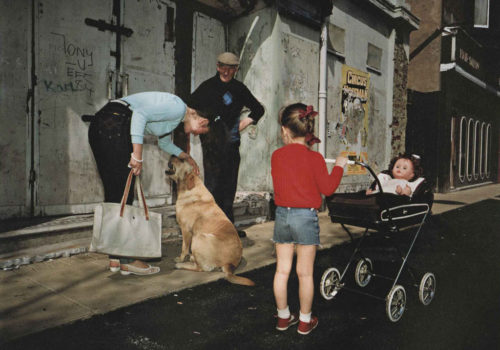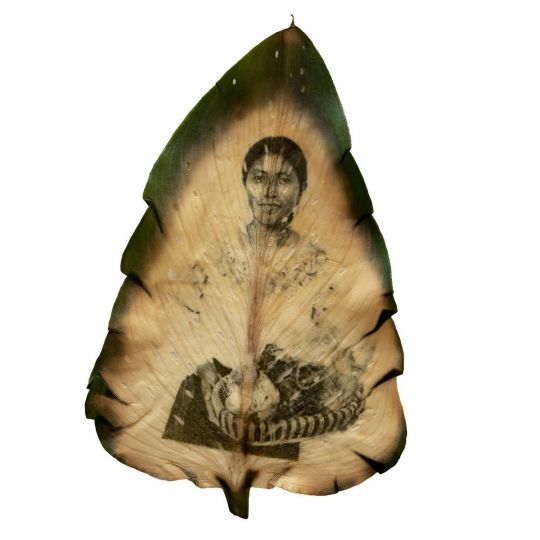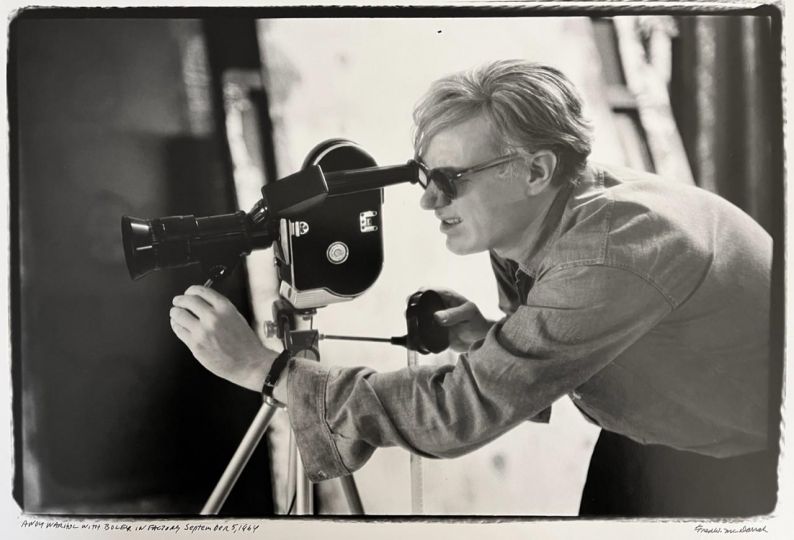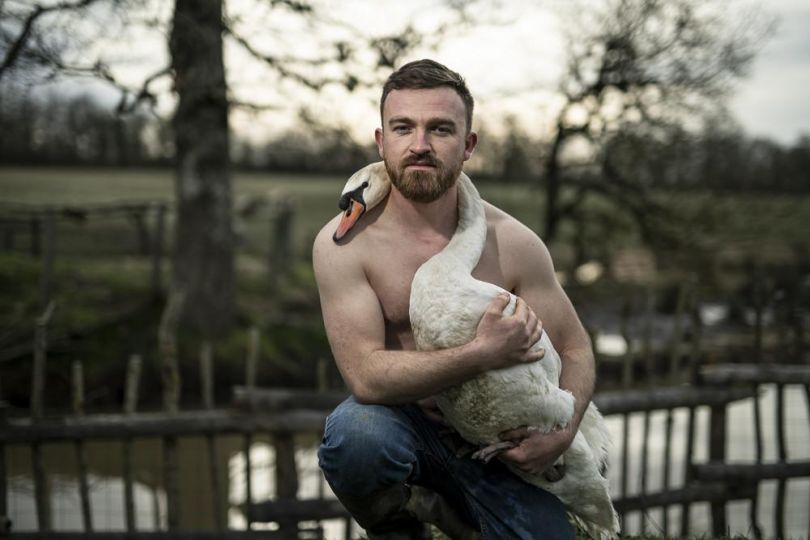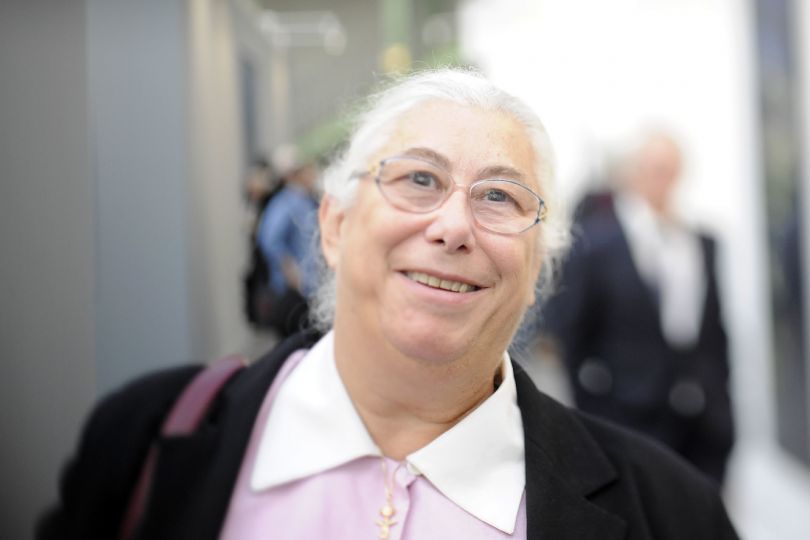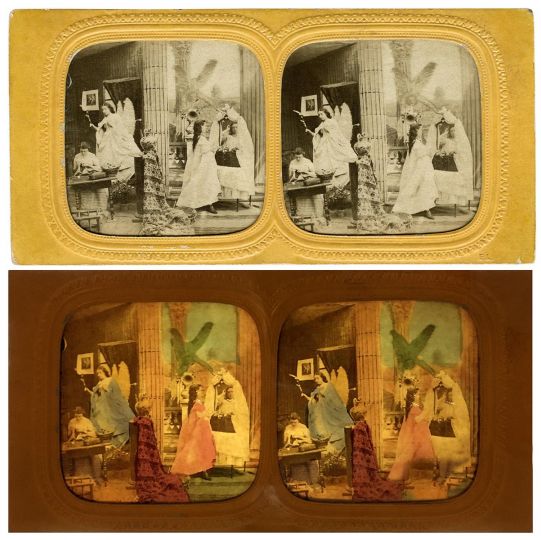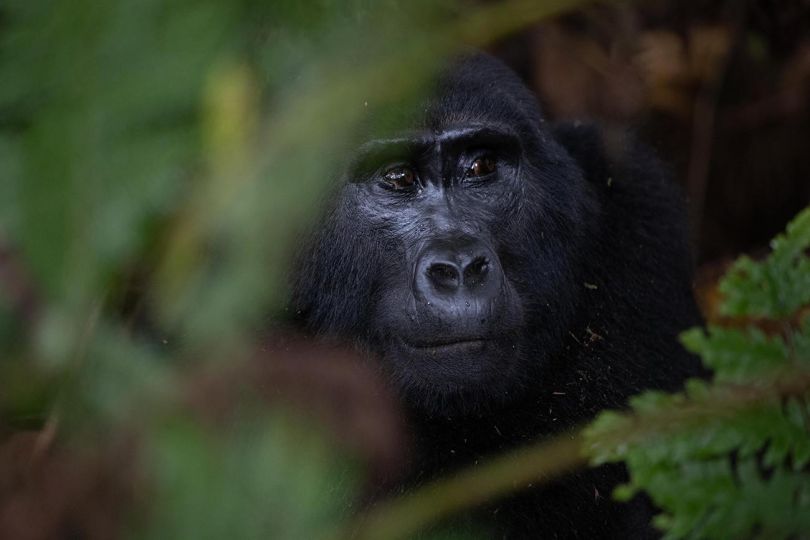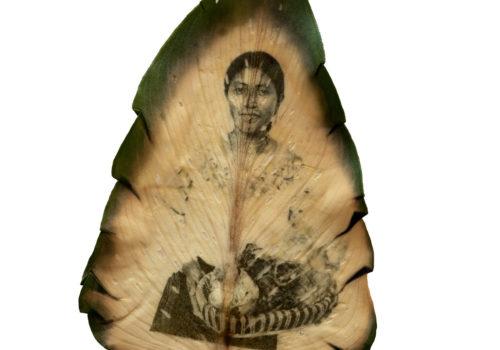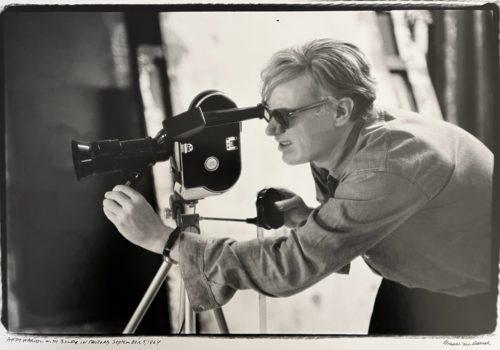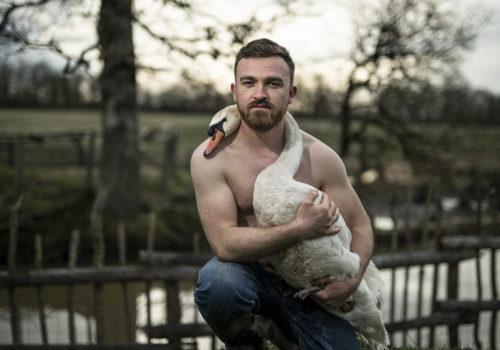The opening exhibitions of the PhotoBiennale presented at the Multimedia Art Museum of Moscow included works by Martin Parr, Sarah Moon and Miroslav Tichy. They have since been replaced, until April 15, by Lee Friedlander‘s “America by car and The New Cars 1964” alongside William Klein and his New York series taken in 1955.
Until April 29, pictures from the set of Hamlet taken by Boris Reznikov will be presented alongside a presentation by the Fototeka of Los Angeles, “Art from the Archive“.
• 23.02–15.04 : Lee Friedlander “America by car and The New Cars 1964” presented by Fraenkel Gallery, San Francisco and Timothy Taylor Gallery, London.
The project of Lee Friedlander America By Car charts numerous journeys made by the photographer during the last decade across most of the fifty US states. Shot entirely from the interiors of rental cars, typically from the driverʼs seat, Friedlander makes use of side and rearview mirrors, windscreens, and side windows as framing devices for a total of 192 images.
In America By Car, Friedlander uses the quintessential icons of US culture – cars and the open road – to explore contemporary America, revisiting in the process many of the places and strategies that he has incorporated into his practice throughout his career.
Presented in the square-crop format that characterizes Friedlanderʼs more recent work, these images complicate and invigorate the most bereft of rural scenes. His desire to collapse and flatten out the three dimensional world parallels the means of cubist painting and recalls the collaging techniques of pop art.
Functioning as an introduction to America by Car we are also very pleased to be simultaneously exhibiting The New Cars 1964 portfolio, also previously unseen in the UK.
Comprising of 33 works in total, The New Cars 1964 was the result of a commission for Harperʼs Bazaar to mark the unveiling of the much-anticipated new car models of that year: Chryslers, Buicks, Pontiacs and Cadillacs.
Rejecting the expected glamour and techniques of visual seduction that remain Harperʼs stock-in-trade, Friedlander arranged for the various cars to be delivered to lacklustre locations such as car parks, budget furniture stores and, perhaps most transgressive of all, a used-car lot. Showcasing his trademark techniques such as distorted reflection, low lighting and obscured objects or perspectives, Friedlander reduced these Continentals and Eldorados to ghostly presences, glimpsed as they so often are in these photographs through, or in the reflection of, a shop window. Elsewhere, clear views of the cars are blocked by garden furniture, advertising boards, and a pile of used tyres.
Originally intended for publication in the magazineʼs November issue, the resulting uncompromisingly modern and gritty images proved far too subversive for the magazineʼs editor in chief, and the feature was pulled. Friedlander received his fee and his photographs were returned to him. Until recently they had remained in his darkroom storage, forgotten about, for over fifty years.
• 7.03–15.04 : William Klein “New York. 1955” presented by the artist.
I finished my service in the US Army after the 2nd World War in Paris and decided to stay there and become a painter. I worked in the studio of Fernand Léger. He urged us 20 year old apprentice genius painters to forget about careers, galleries & collectors, to get out of the studio and work in the city, with architects, like the artists of the quatro-cento. In the beginning of the 50’s I had the chance of exhibiting in Milan and showed mural projects and then had the good luck of getting a commission from a young architect to paint a mural on turning panels that divided a large area. And this, curiously led me to photography. The panels were painted on both sides and slid on rails and swivelled. I photographed the result with long exposures and had someone turn the panels. My painting at that time was hard edged with geometrical patterns: triangles, circles, and thick stripes. Turning the panels made the forms blur and I discovered now they were transformed by the blur. For me, this was a way to get out of the rut of geometrics and thanks to photographic blur find new forms & solutions.
Returning to Paris, I pushed the abstract forms transformed by blur, so photography opened a new way of developing my abstract designs.
I now had a dark room &, for the first time, I was able to blow up the photographs I had been taking, of my wife, on travelling, on vacation and I realized that these photos that didn’t look like much coming back, out of focus, with thumb marks, from the corner drug-store weren’t as had as all that. Photography brought me out of abstract geometrics and gave me the possibility to say something about the world around me which my geometrical painting did not.
So photography opened up my painting and opened up my eyes on the world. I had no photographic training and my pictures were rough and funky. I didn’t care and used a what I had learned as a painter, drawing with charcoal and doing lithographs, to make my own kind of photographs.
I had the opportunity to return to New York and with my new discovery I decided with my 25 year old nerve to do a book, a photographic diary of my return to my home town. My photos were far from classic but they suited me. It didn’t matter. If I had a negative that I could put it in the enlarger I could always make something out of it. I had had a show of my abstract photos in Paris and had received a call from Alex Liberman, the art director of Conde Nast, asking me to come to see him. He said, “Would you like to work for Vogue?” Doing what? I asked. I don’t know, he said, be an assistant art director, take photos. I like your experiments, Do you have a project? I said yes, to do a book on my return to New York. OK we can finance you and publish a portfolio.
How could I refuse?
Back in New York I plunged into my project, taking photos, day & night, any way I could. Liberman went along with the project and gave me a contract. I did portraits, still lifes and so on for the magazine and Vogue paid for my expenses on the NY diary project. I began to know a little more what I was doing with a camera and helter skelter, developed a way of photographing.
I assembled the photos and showed them to New York editors. They were horrified, too grainy, contrasted and blurred . This is not New York, you make it look like a crazy slum. I said, New York is a crazy slum. What do you know? You live on 5th avenue and come to the office on Madison. Have you ever been to the Bronx? So no American edition. I returned to Paris and showed the pictures to a French editor, who flipped, we’ll publish the book. My violent Dada take on New York excited French imagination and the book was done. When it came out: strong reactions, for and against, but, in general, it was hailed as a departure from classic photography, a new and surprising take on photography. The book was strange and funky but it was out there and gained recognition. It won the Prix Nadar and opened horizons for me. In 1957 I met Fellini who already had a copy of the book and invited me to come to Rome to be his assistant on his new film, the Nights of Cabiria. Why not, I went to Rome but the film, as often in cinema, was delayed. So I stayed in Rome and said to myself, you’ve done a book on New York why not do one on Rome? Which I started to do. From there, many opportunities presented themselves, a Japanese editor invited me to do a book on Tokyo and was willing to publish the book on Moscow that I had started to make. Photography began to be my first preoccupation. Vogue never published the portfolio on New York that they had promised but asked me to try my hand on fashion photography. Fashion didn’t interest me but the opportunity of going from primitive photography to sophisticated with unlimited technical means intrigued me and I tried to see what I could do with this new opportunity. I found fashion photography outside of Penn and Avedon, stilted and banal and tried to shake up the scene.
Photography had become my main preoccupation and source of revenue. Eventually I did five other books on cities went on to film making with about 20 films documentaries and fictions and now, even with the recent series of painted contacts back to painting.
• 07.03–29.04 : “Art of the Archive” presented by Fototeka Los Angeles (Curators: Tobia Bezzola, Merrick Morton, Robin Blackman)
• 07.03–29.04 : Boris Reznikov “At the shooting of Grigory Kozintsev’s “Hamlet” movie” (Curator: Mikhail Sidlin)
Past exhibitions :
• 23.02– 18.03 : Martin Parr “ The Last Resort: Photographs of New Brighton” presented by the Artist and Magnum Photos.
• 23.02–01.04 : Miroslav Tichý. The Artists with a Bad Camera presented by the Foundation Tichý Ocean, Lichtenstein (Curator: Roman Buxbaum)
• 07.03–01.04 : Sarah Moon “Black Riding Hood” presented by the Artist
• 07.03–18.03 : Alexander Sokurov “Russian Ark” presented by the film’s producers Andrey Deryabin (Russia) and Jens Meurer (Germany) on the occasion of the 10th anniversary of the “Russian Ark” film’s release.
Multimedia Art Museum, Moscow
Address: Ostozhenka street, 16
Opening hours: 12am to 9pm (Monday day off)

